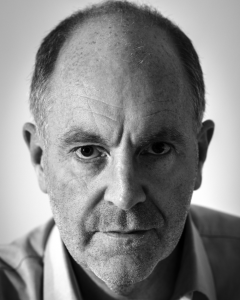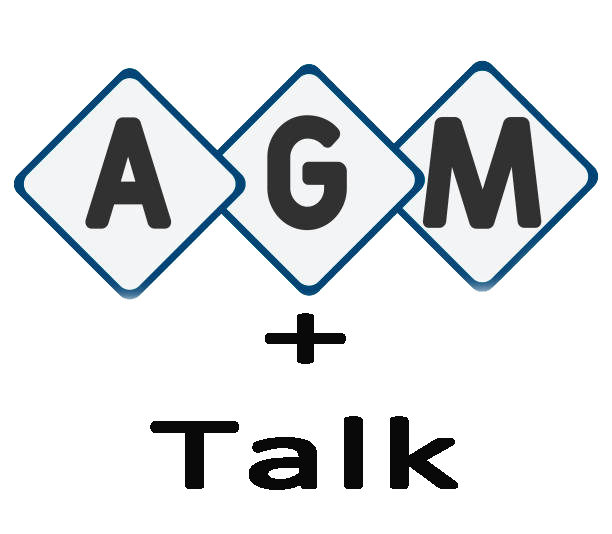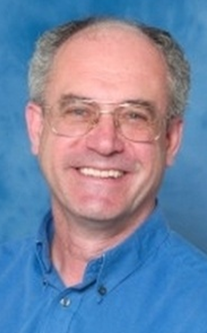After ten years flight, the European Space Agency’s Rosetta mission arrived at Comet 67P/Churyumov-Gerasimenko in August 2014, returning spectacular images of this remarkable dark, dusty, icy remnant of the birth of our Solar System. In the following three months, the Rosetta team studied and surveyed the comet in detail, culminating in the exciting deployment of the Philae lander to its surface on 12 November 2014, under the gaze of worldwide attention.
In this talk, Mark will describe the scientific motivation for the Rosetta mission, its history, and the discoveries that have already been made in the first few months since this first ever rendezvous with, escorting of, and landing on a comet. Mark will also provide a look forward into 2015, as the comet and Rosetta make their closest approach the Sun, leading to a substantial increase in the activity of the comet and even the possible return of Philae from hibernation.
Mark works for the European Space Agency, where he is the Senior Science Advisor in the Directorate of Science and Robotic Exploration. His role also includes responsibility for communicating the results from ESA’s astronomy, heliophysics, planetary, and fundamental physics missions across the scientific community and to the wider general public. Following his PhD in astronomy from the University of Edinburgh in 1988, he has worked in the UK, the US, Germany, and the Netherlands. His personal research interests involve observational studies of the formation of stars and their planetary systems using state-of-the-art ground- and space-based telescopes. He is also an Interdisciplinary Scientist on the Science Working Group for the NASA/ESA/CSA James Webb Space Telescope.






You must be logged in to post a comment.